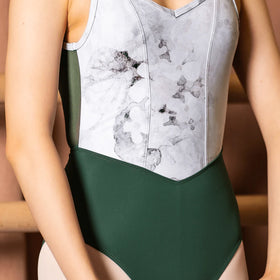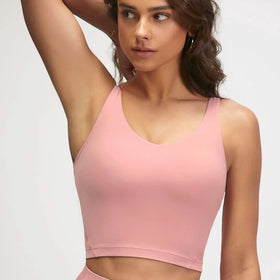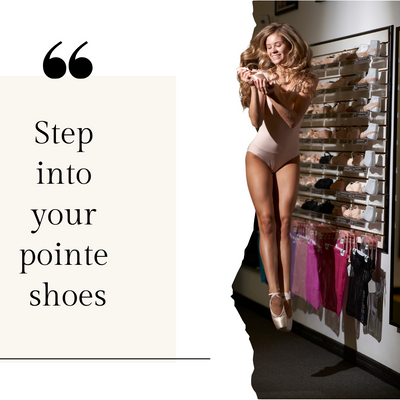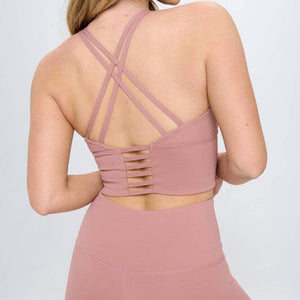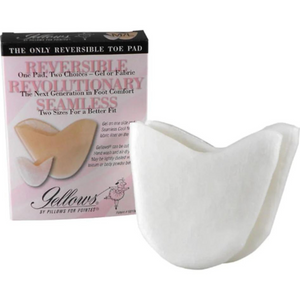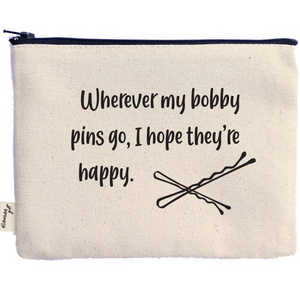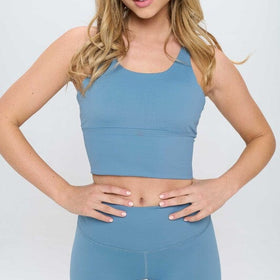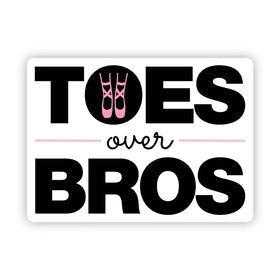Tips for Learning Choreography for Beginners
Are you a beginner dancer eager to master dance routines quickly? Learning choreography efficiently can be a challenge, but with the right approach, you can accelerate your progress and enjoy the journey. Whether you're preparing for a performance, audition, or simply want to enhance your skills, these seven tips will help you learn dance routines faster and with greater confidence.
1. Break It Down
When faced with a complex dance routine, resist the urge to tackle it all at once. Break the choreography into smaller, manageable sections. Focus on mastering one section before moving on to the next. This approach not only makes learning less overwhelming but also allows for better retention of the steps.
Next time you’re watching, zone in on the foot movement. Give all your attention to your feet - your head and arm movement will be easier to add in.
2. Observe Closely
When learning in a practice room with fellow dancers and an instructor, make the most of your observational skills. Pay close attention to the instructor as they perform the routine. You may want to take a brief moment to observe your peers as they perform the choreography as well. Look closely at their movements, timing, and nuances in execution. Observation in real-time can provide valuable insights into the dynamics of the choreography, helping you grasp it more effectively.
3. Use Mnemonics
Mnemonics, or memory aids, can be incredibly helpful when learning dance routines. Associate each step or sequence with a word, phrase, or visual image to help you remember the sequence more easily. Create your own mnemonics based on your learning style and preferences.
The majority of dance moves already come with names but a great tool for remember a move is giving it an image. Ask yourself what that move looks like to you. Does it resemble a wave? A pop? An ice skater? Use images that make sense to you and the sequence they go in.
4. Take Notes

While observing and practicing, take notes to reinforce your learning. Write down key steps, timing cues, and any specific instructions provided by the instructor. Having a written reference can help solidify your understanding of the choreography and serve as a helpful reminder during practice sessions. Reviewing your notes regularly will enhance retention and facilitate smoother execution of the routine.
5. Listen to the Music
Dance is inherently connected to music, so it's essential to understand what you are moving to. Pay attention to the rhythm, tempo, and phrasing of the music, and strive to synchronize your movements accordingly. Dancing to the music not only enhances your performance but also improves your musicality.
6. Focus on Technique

Pay close attention to technique while learning choreography. Proper alignment, posture, and execution of movements not only enhance the quality of your performance but also reduce the risk of injury. Practice slowly and with precision to ensure that you're executing each step correctly.
7. Seek Feedback
Don't hesitate to seek feedback from teachers, peers, or instructors while learning choreography. Their insights and guidance can help you identify areas for improvement and refine your technique. Be open to constructive criticism and use it as an opportunity to grow as a dancer.
Check out our blog explaining how to apply corrections quickly!

